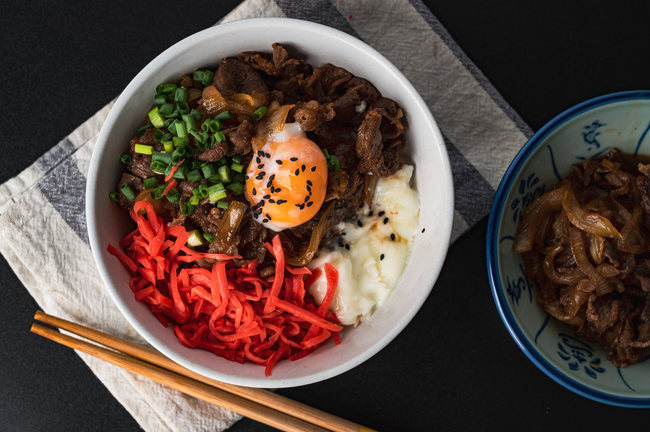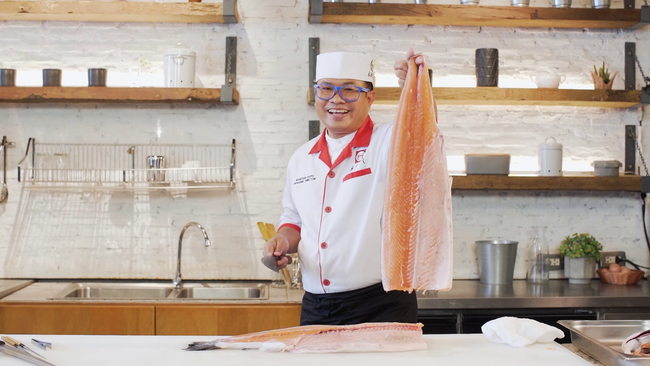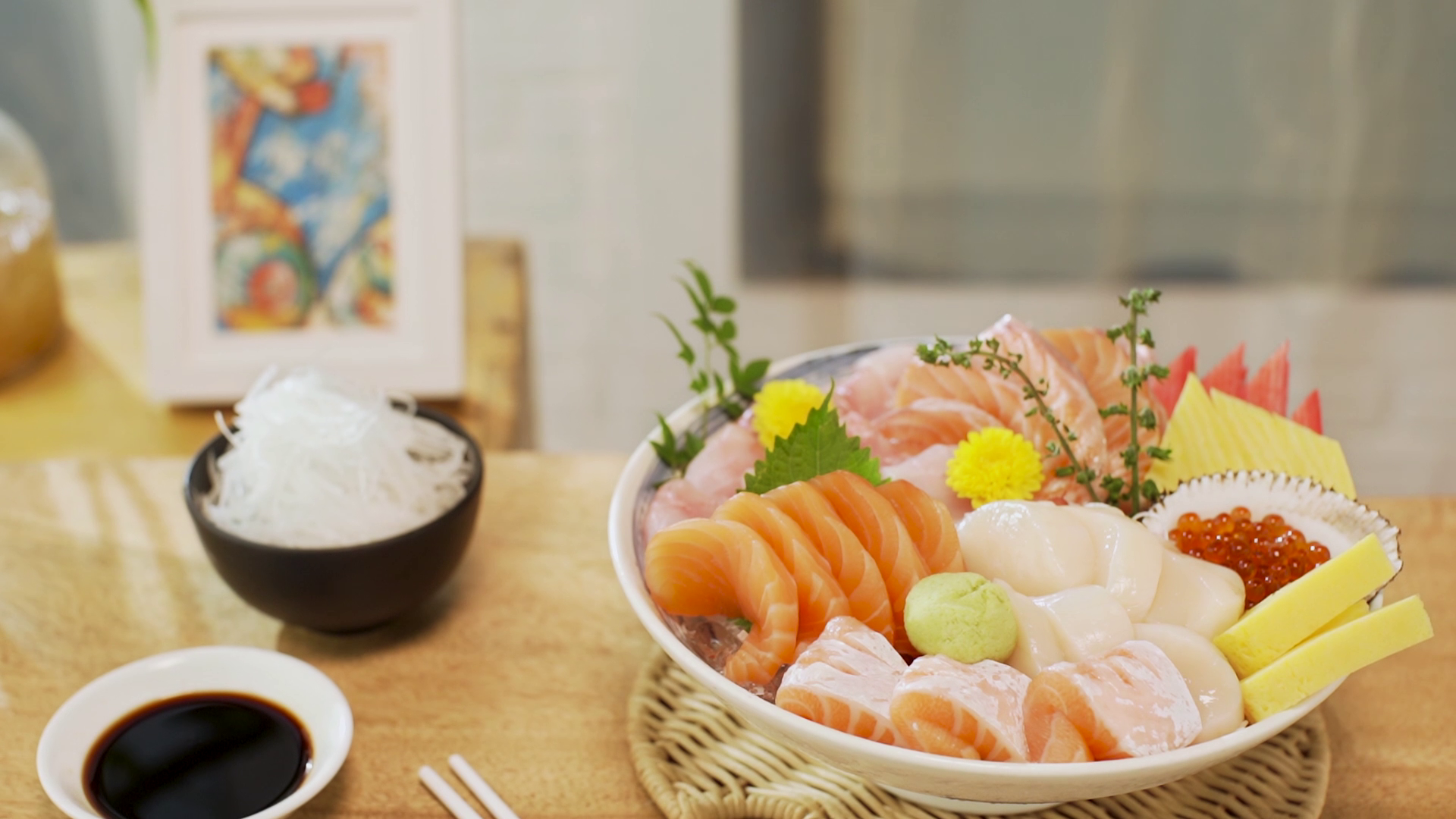Jul 26, 2020

Japanese cuisine continues to be popular in our country, even though Japanese restaurants have been growing in Thailand for over 30 years. This is because the uniqueness of Japanese cuisine, in terms of flavor, ingredients and artistry, makes it one of the top choices for consumers.
However, from the perspectives of Japanese restaurant operators, the industry is rather competitive because there are currently over 2,000 small, medium and large brands of Japanese restaurants. This is a challenge for restaurateurs. Nonetheless, this market still welcomes new entrepreneurs. To succeed, however, you need to analyze and consider the following:
- Analyze the Location and Set the Target Group
- Analyze the Investment Opportunities and Payback Period
- Example for Calculating the Rate of Return on Investment (ROI)
- Know the Ingredients, Where They Came from and How to Manage Them
- You Need a Good Operation to Control Your Cost and Prevent It from Rising
- Have a Memorable Selling Point and Marketing That Targets the Right Group
Analyze the Location and Set the Target Group

Nevertheless, location is important to determining your restaurant’s marketing position, whether it’s style, menu type, ingredient quality or pricing. For example, if you choose a location near an eduational institution, you might sell well but the average price per head might be lower than locations near office buildings. Or if it’s a location with Japanese residents, such as Sukhumvit Nana, or near an industrial estate, like in Chonburi or Ayutthaya, the Japanese restaurant should be in the traditional style and emphasize ingredient quality. The number of customers per day might not be so high, but the average price per head or bill might be higher than other locations.

In conclusion, location is one of the top things you have to make time to analyze because, as we mentioned, each location caters to different consumer behaviors and needs affecting the restaurant’s concept, menu planning and pricing.
Analyze the Investment Opportunities and Payback Period
Once you have the location for opening your Japanese restaurant, the next important thing you have to analyze is investment opportunities and payback period or whether the investment is too risky to be worthwhile, so you can adjust your plan accordingly. Don’t make a hasty investment without analyzing this point because it can hurt you on the long term.
In the preliminary analysis of the investment opportunities and payback period, you have to be detailed about what you’re using the budget for and how much. For example:
- The restaurant construction fund. What does this involve? How are you doing it? In what style? Write down everything.
- The working fund. How much should you prepare?
- Pre-opening expenses. What do you need to use? For example, marketing and survey fees.
- Estimated costs such as ingredient and operational costs.

All of this information will help you figure out how much you need to invest in your restaurant, how much income you’ll have each day, month and year, and how much time it’ll take for the net cash to be equal to your investment.
Example for Calculating the Rate of Return on Investment (ROI)
Let’s say you invested 1,000,000 baht in your restaurant. From the collected data, you know your restaurant will have 1,000 customers per month or 33 customers per day and that the average income per head is 500 baht. This means your restaurant will have a monthly income of 500,000 baht with the food cost at 35% or 175,000 baht and other expenses such as salaries, rental fees, water fees and electricity fees at approximately 100,000 baht.
Monthly Sales: 500,000 baht
Montly Food costs: 175,000 baht
Total Monthly Expenses: 100,000 baht
= Monthly Profit: 225,000 baht
Annual Profit = 2,700,000 baht
Use this information to calculate the rate of return on investment (ROI) as follows:
Calculation Formula = Net Profit ÷ Investment x 100
225,000 / 1,000,000
= 0.225 x 100
= 22.05% per year
Payback Period Calculation Formula = Investment ÷ Net Profit
Investment in Restaurant 1,000,000 / 225,000 = 4.5 months
Investment in Restaurant 1,000,000 / 225,000 = 4.5 months
Remarks: These are sample numbers used to demonstrate how to preliminarily analyze the value of an investment. There are still many other details that have to be analyzed in terms of investment and investment fund management that restaurateurs need to know.
Know the Ingredients, Where They Came from and How to Manage Them


You can learn about how to design a sushi menu, sushi rice cooking and mixing techniques, fish-slicing techniques for sashimi, how to decorate Japanese dishes and how to make different types of sushi in “Million-Baht Sushi”, a free course from MHA taught by Chef Buntham, Thailand’s Japanese iron chef.
You Need a Good Operation to Control Your Cost and Prevent It from Rising
Most Japanese dishes require the skills of a chef to make so a lot of restaurants are willing to hire highly skilled chefs with a lot of experience. However, this would drive a restaurant’s cost of labor up, which is not feasible for small restaurants and SMEs. The best way for SMEs is to set up a management or operational system from the start of the restaurant. Establish a standard operating procedure and operational guideline for each department so employees can learn and follow them. For example, a standard operating procedure for recipes. Although slicing fish is a still, creating a standard weight per piece and training the employees until they are skilled means you can hire anyone to do the work.
Have a Memorable Selling Point and Marketing That Targets the Right Group

If your selling point isn’t enough, you need to reach the right target groups with marketing. In this day and age, you need to rely heavily on social media marketing. Plan your budget for marketing and sending ads in your operational cost so you can implement your marketing plan consistently, so your restaurant’s story will constantly pop up on the feed page of your target group, making them want to know about and try out your restaurant. All of this need to be planned out. You can’t just do it whenever you come up with the idea.
All of these are the basics that people interested in opening a Japanese restaurant should analyze and consider if they want to succeed, open and have customers and generate profit. However, there are things other than these basics you need to know because to operate a restaurant these days, whatever type it may be, knowledge is essential. The difference between success and failure is knowledge. You can find out the information for managing a restaurant from the free online courses from MHA.
